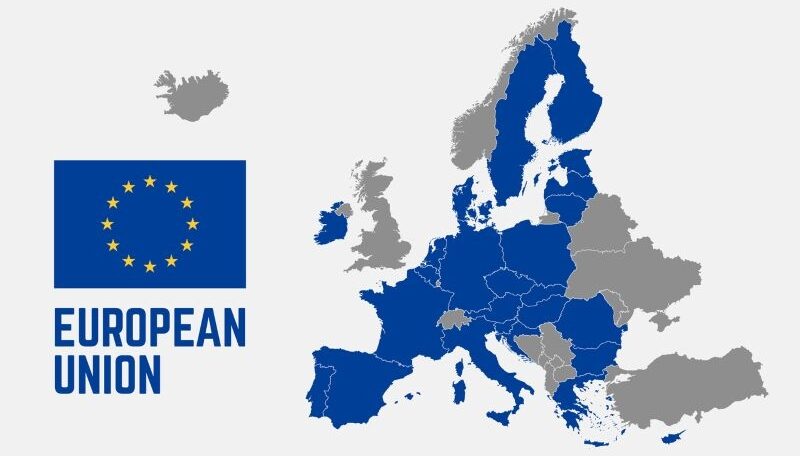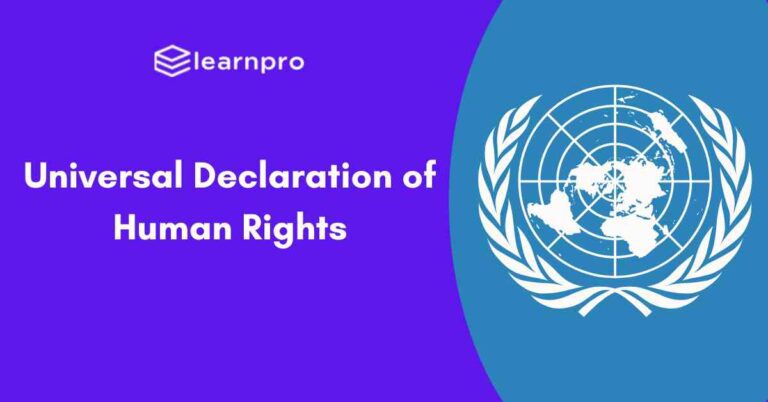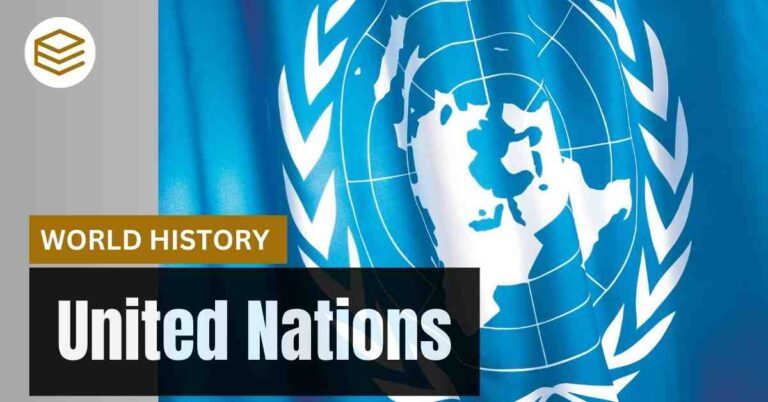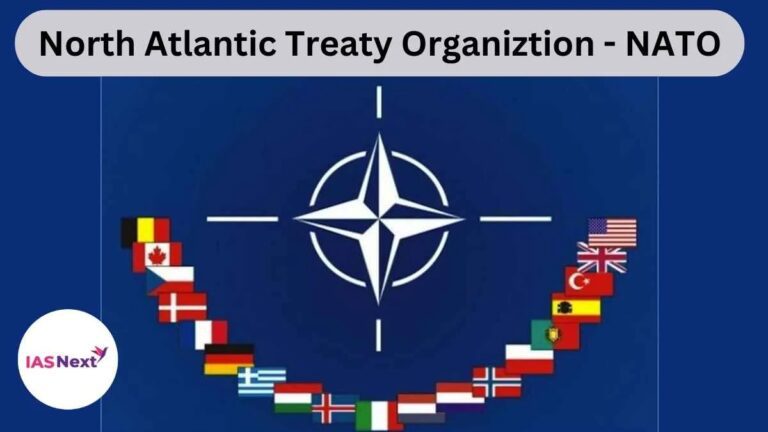October 25, 2025 12:43 am

Introduction:
- The European Union (EU) is a political and economic union of 27 member countries.
- Established in 1993 through the Maastricht Treaty, it aims to foster cooperation among European nations.
- Headquarters: Brussels, Belgium.
- The Maastricht Treaty is also called the Treaty of the European Union and has been amended thrice:
- Treaty of Amsterdam (1997)
- Treaty of Nice (2001)
- Treaty of Lisbon (2007)
- Objectives:
- Enhance political cooperation.
- Promote economic integration with the Euro as a common currency.
- Develop a unified foreign and security policy.
- Establish citizenship rights.
- Cooperate on judiciary, immigration, and asylum policies.
EU’s Governance Structure:
- European Council: Defines the EU’s political direction, comprising heads of state or government, and the Council and Commission Presidents.
- European Parliament: The only directly elected institution, responsible for legislative functions alongside the Council of the EU.
- Council of the European Union: Represents member states’ governments, adopting laws and coordinating policies.
- European Commission (EC): Proposes laws, enforces treaties, and manages daily operations, with 27 members, one from each state.
- European Court of Auditors (ECA): Audits finances and refers issues to the Court of Justice for arbitration.
- Court of Justice of the European Union (CJEU): Ensures uniform application of EU laws and settles disputes between governments and EU institutions.
- European Central Bank (ECB): Manages monetary policy for the Eurozone.
- European System of Financial Supervision (ESFS): Includes the European Systemic Risk Board (ESRB) and three supervisory authorities:
- European Banking Authority (EBA)
- European Securities and Markets Authority (ESMA)
- European Insurance and Occupational Pensions Authority (EIOPA)
EU’s Indo-Pacific Strategy:
- Launched in October 2021 to strengthen its presence and partnerships in the region. Key features:
- Sustainable Supply Chains: Building resilient global value chains.
- Partnerships: Fostering relationships with like-minded Indo-Pacific nations.
- Collaboration with the Quad: Working with Quad members on climate change, technology, and vaccines. Competes with China’s Belt and Road Initiative through the Global Gateway scheme.
India-EU Relations
History:
- Described as a “loveless arranged marriage,” based on shared values like democracy, rule of law, and multilateralism.
- Diplomatic ties date to the 1960s. The 1994 cooperation agreement expanded relations beyond trade.
- The first India-EU Summit in 2000 marked a new chapter in bilateral relations.
Areas of Cooperation:
- Climate Change: Collaboration under the Horizon 2020 framework for climate and polar research.
- Data Protection: The Roadmap 2025 emphasizes data regulation cooperation.
- Maritime Security: Established dialogues and joint action plans, like the 2021 Maritime Security Dialogue.
- Indo-Pacific Engagement: Countering China’s influence with the Comprehensive Connectivity Partnership.
- Science and Technology: Annual reviews of projects in areas like smart grids and bio-economy.
- Defense and Security: Ship visits, humanitarian aid collaborations, and military exchanges.
Concerns:
- Human Rights: EU criticism affects diplomatic relations.
- Absence of an FTA: Trade potential remains untapped without a Free Trade Agreement.
- Intellectual Property Rights (IPR): Differences in IPR standards and investment dispute mechanisms.
- Trade Barriers: Disagreements over services trade and non-tariff barriers.
Broad-Based Trade and Investment Agreement (BTIA)
- Introduction: Negotiations began in 2007, covering trade, services, and investments. Talks stalled but resumed with technical sessions.
- Challenges:
- MFN Provisions: The EU favors Most Favoured Nation clauses, which India opposes.
- Fair and Equitable Treatment (FET): The EU insists on FET, but it is missing in India’s treaties.
- Investment Court: The EU supports a Multilateral Investment Court, but India’s stance is unclear.
- Non-Tariff Barriers: EU restrictions hinder Indian exports, especially in agriculture and pharmaceuticals.
Way Forward:
- Democratic Cooperation: Strengthening global democratic governance.
- Strategic Engagement: Addressing global uncertainties, U.S. policy shifts, and China’s rise.
- Economic and Political Focus: Renewing engagement to harness India’s growing global influence.
- Overcoming Differences: Focusing on complementarities to strengthen the 60-year relationship.





[…] The European Union (EU) […]